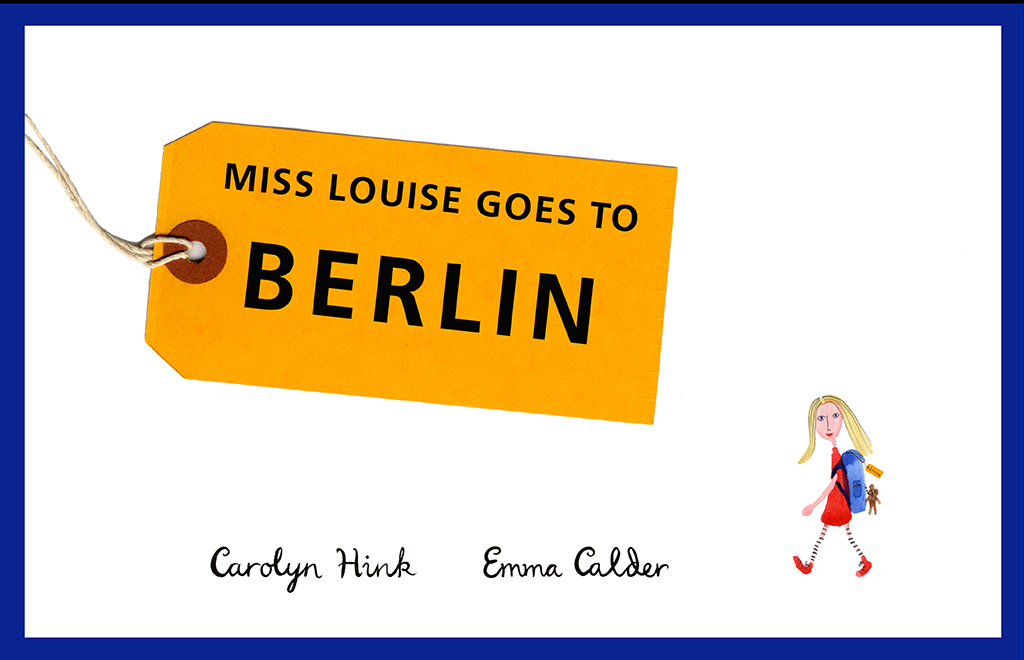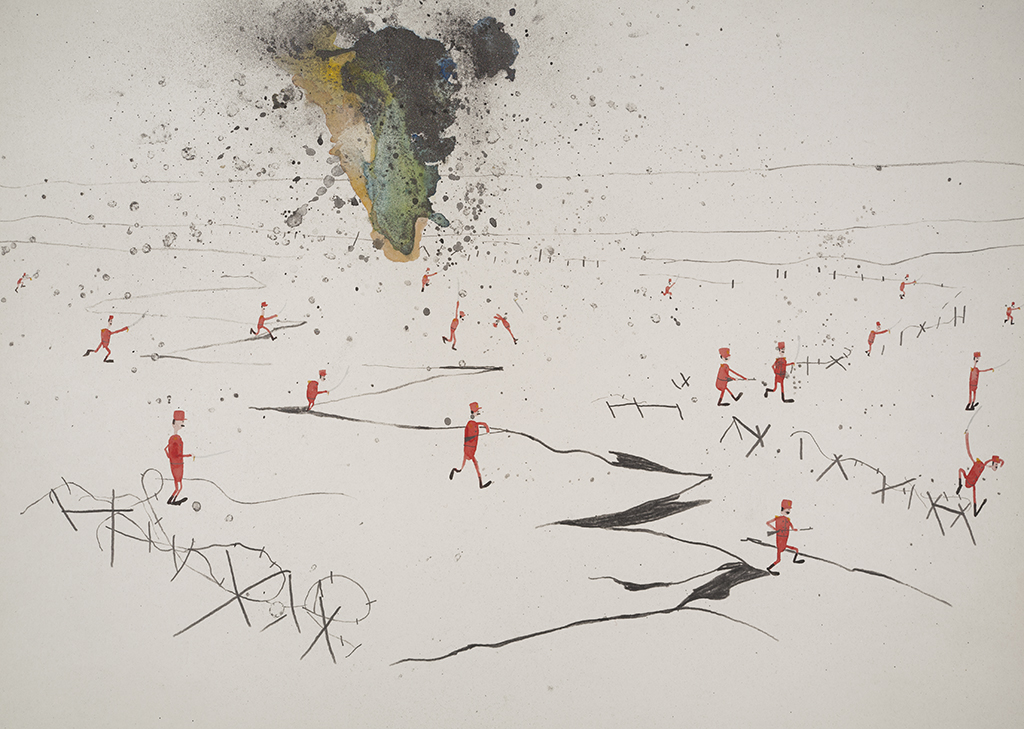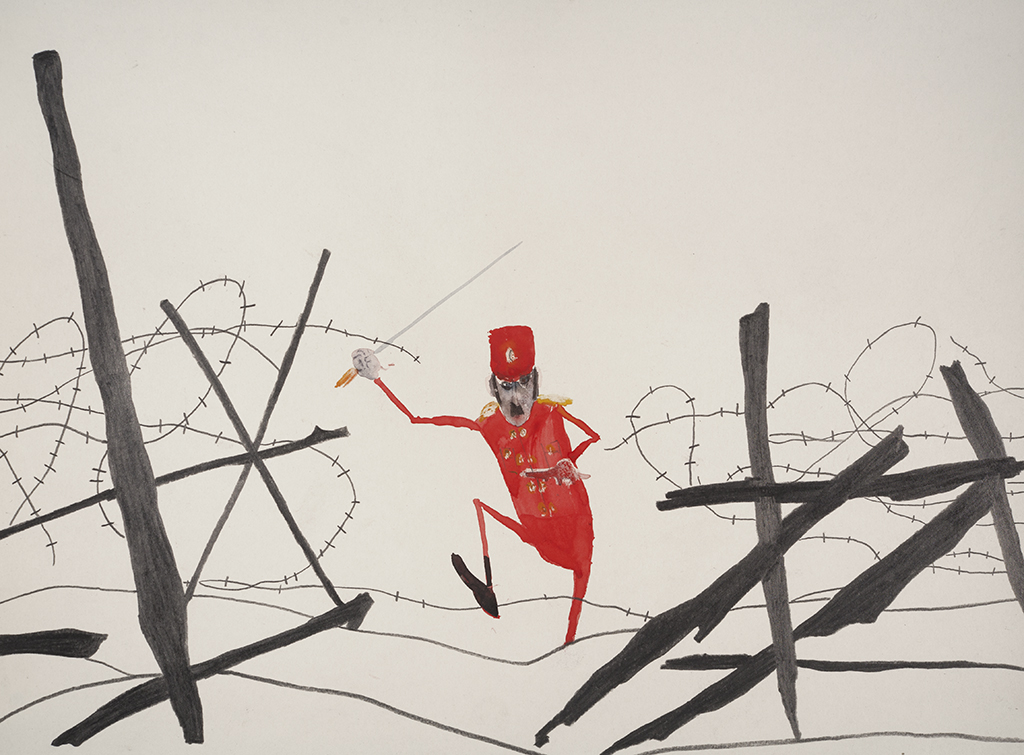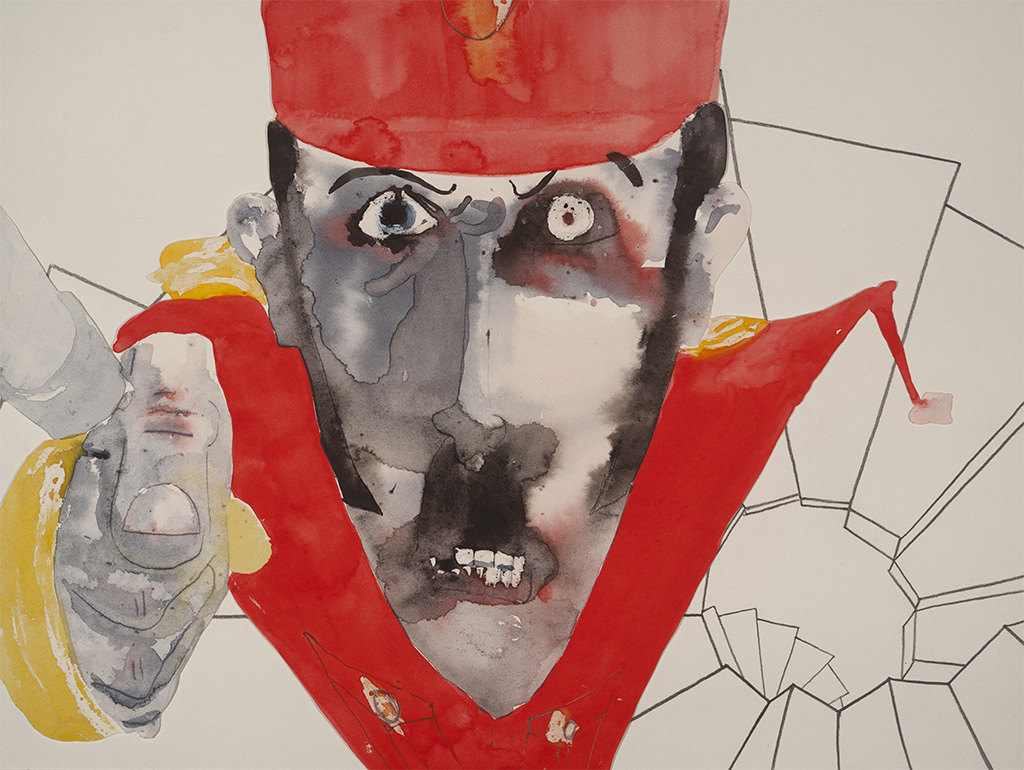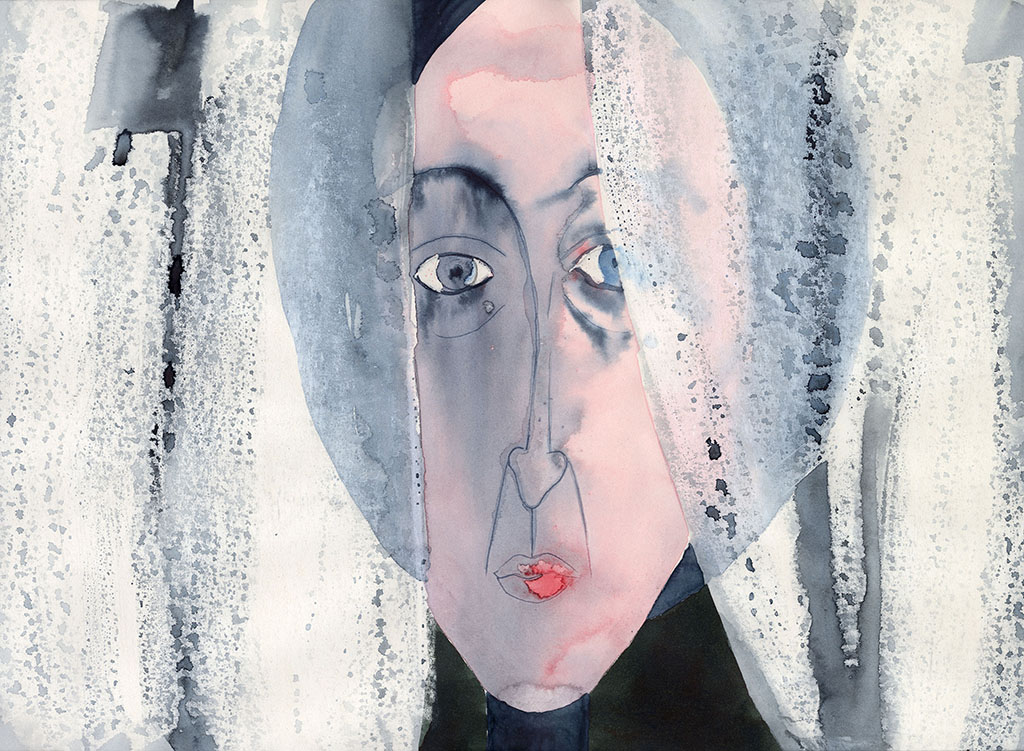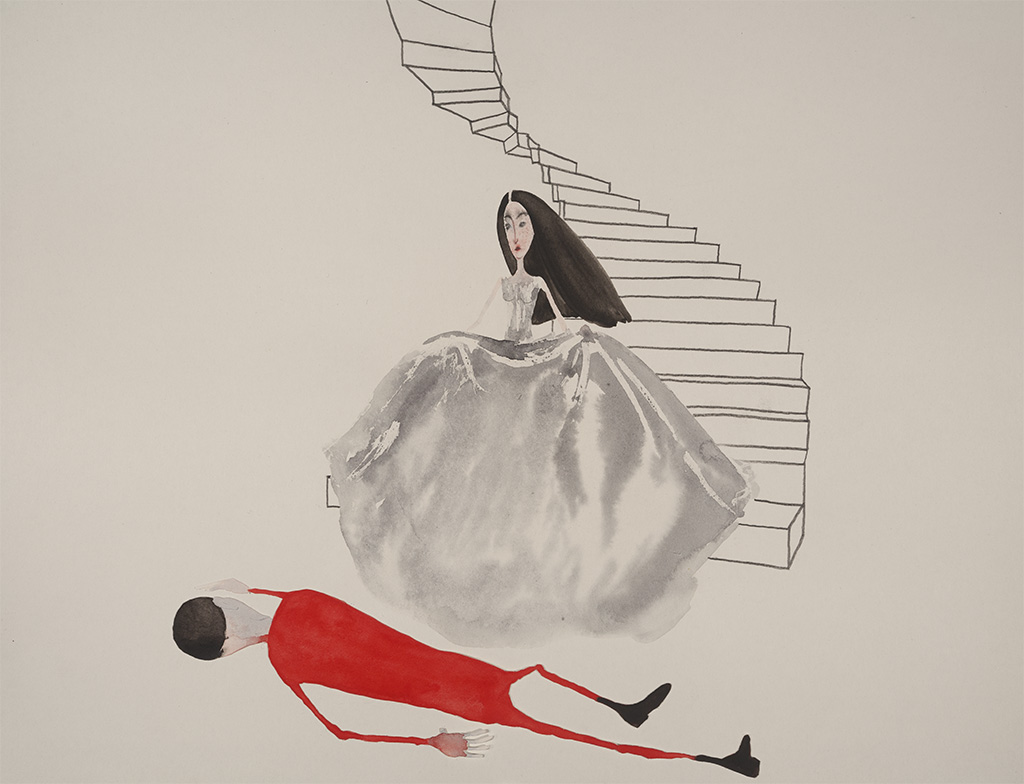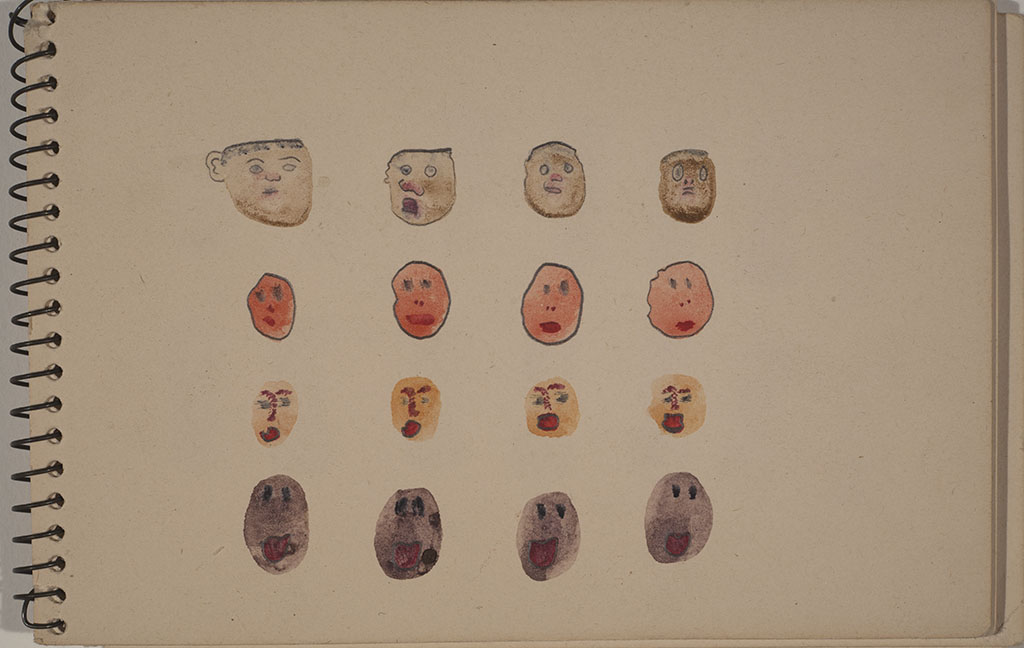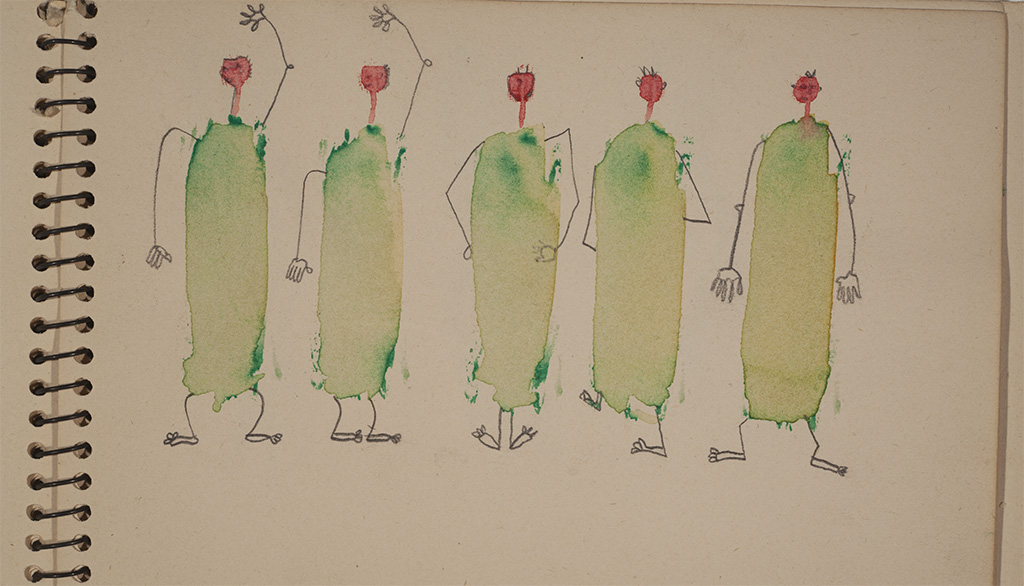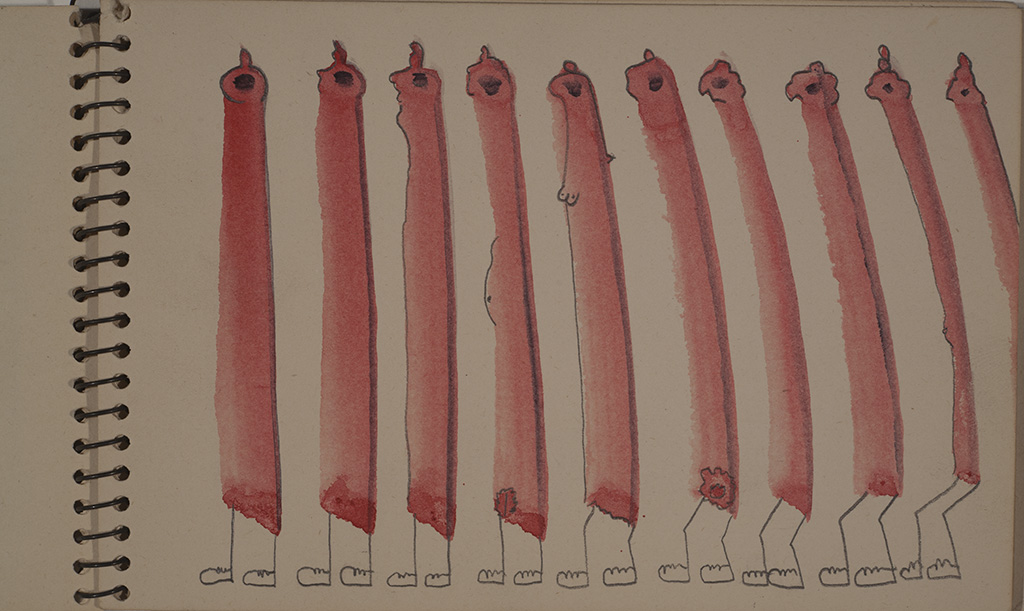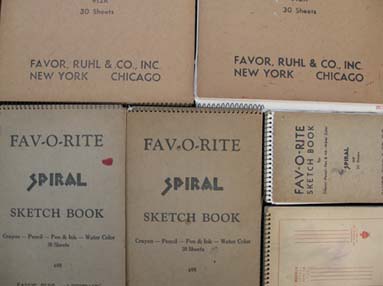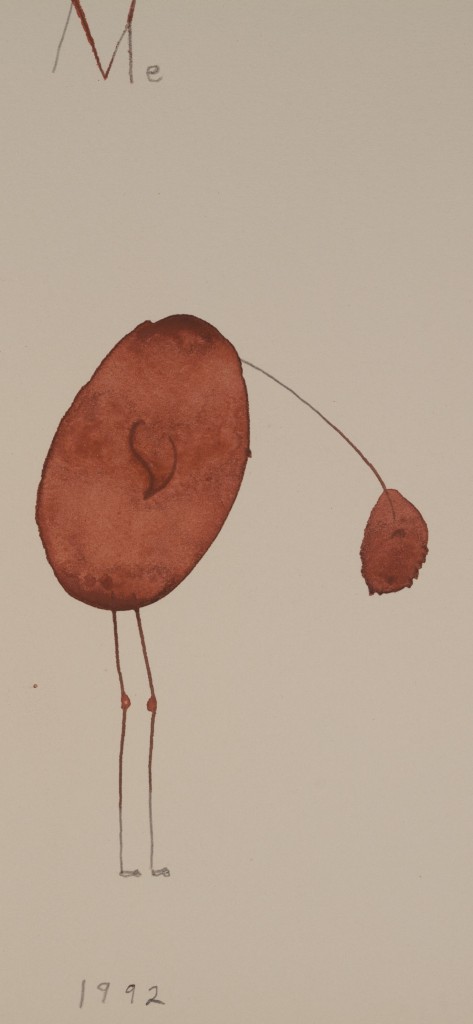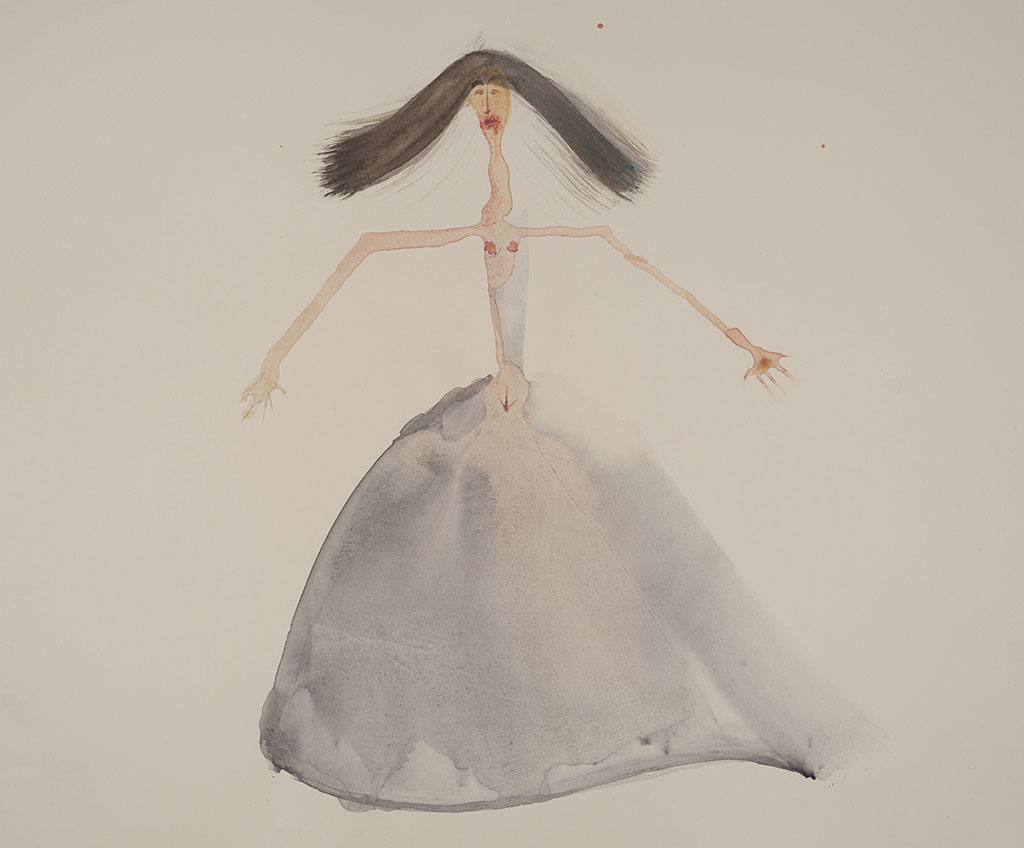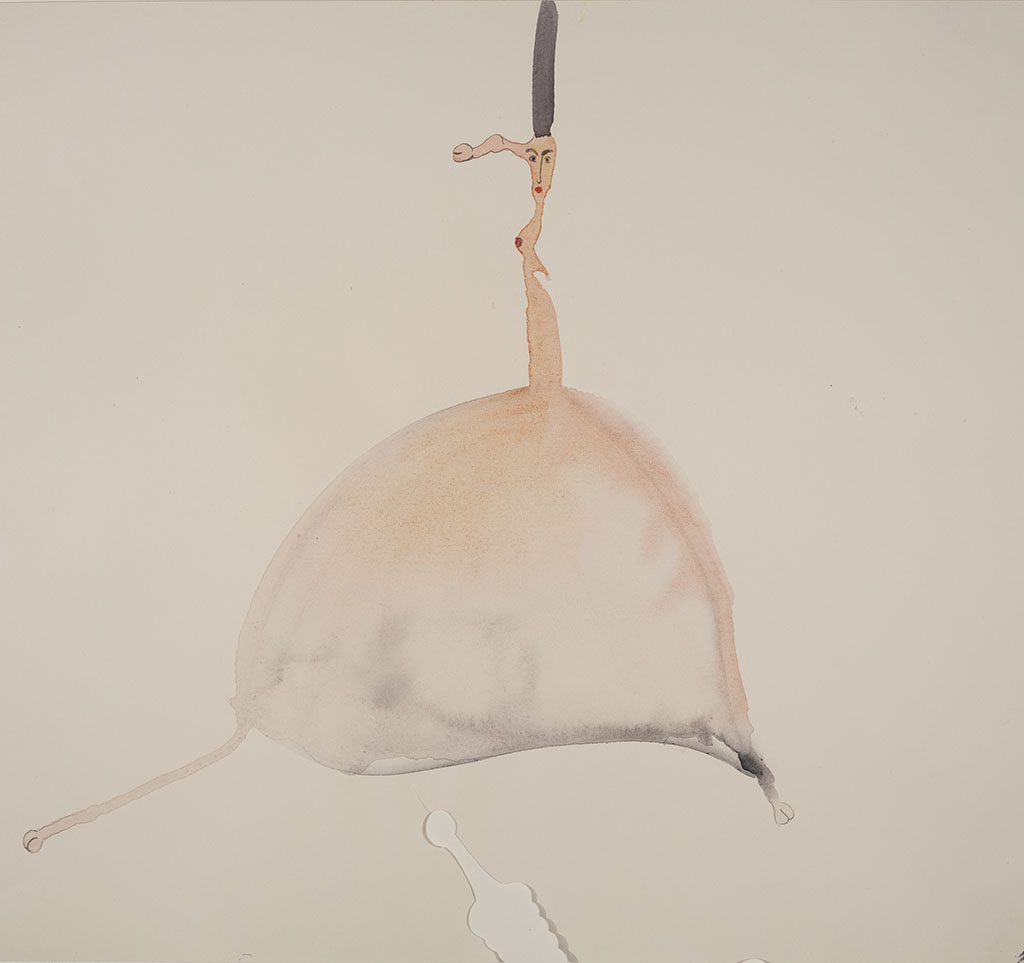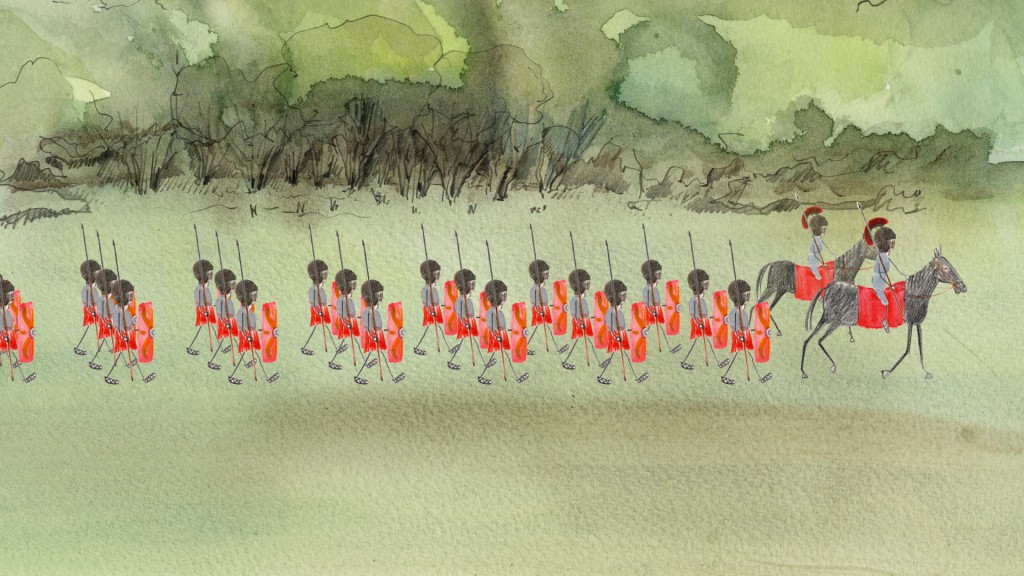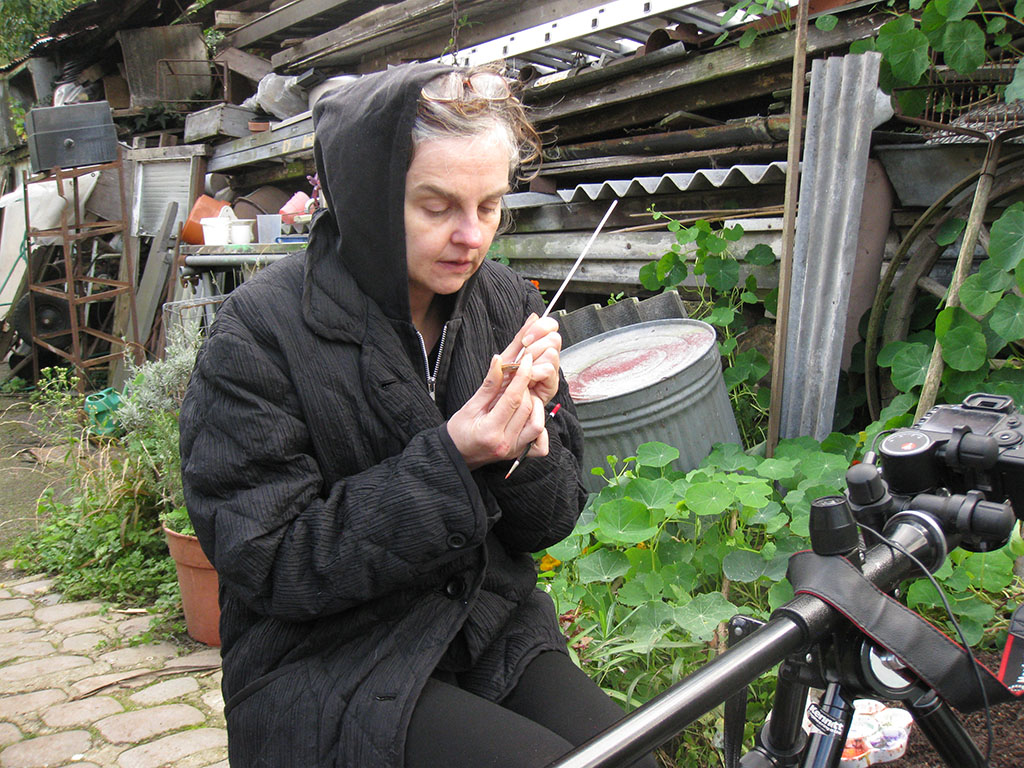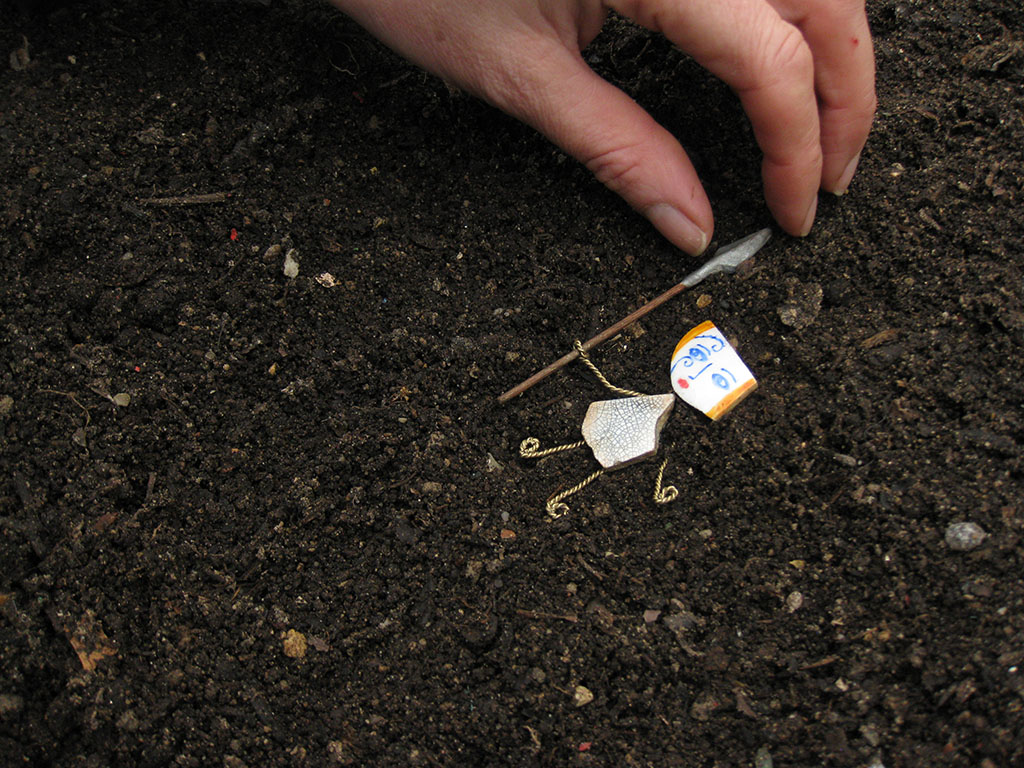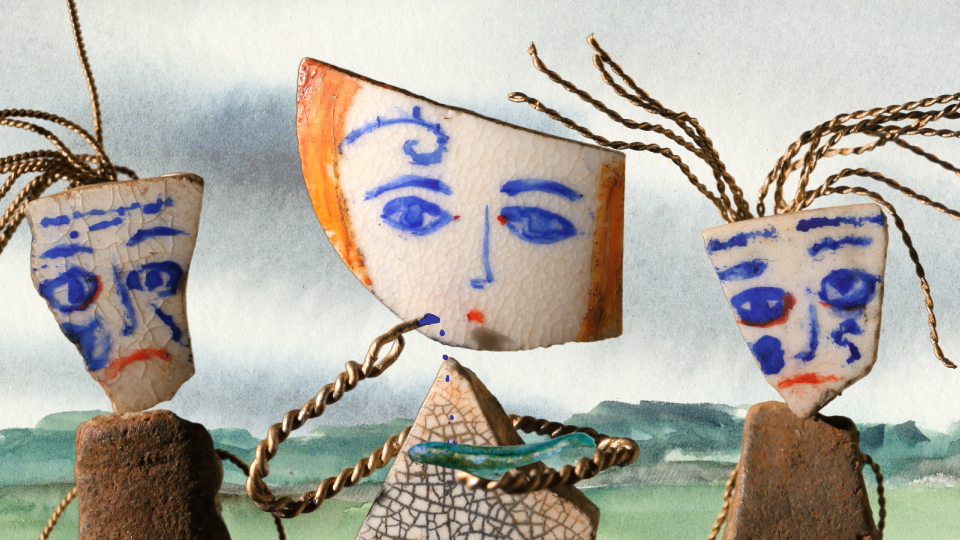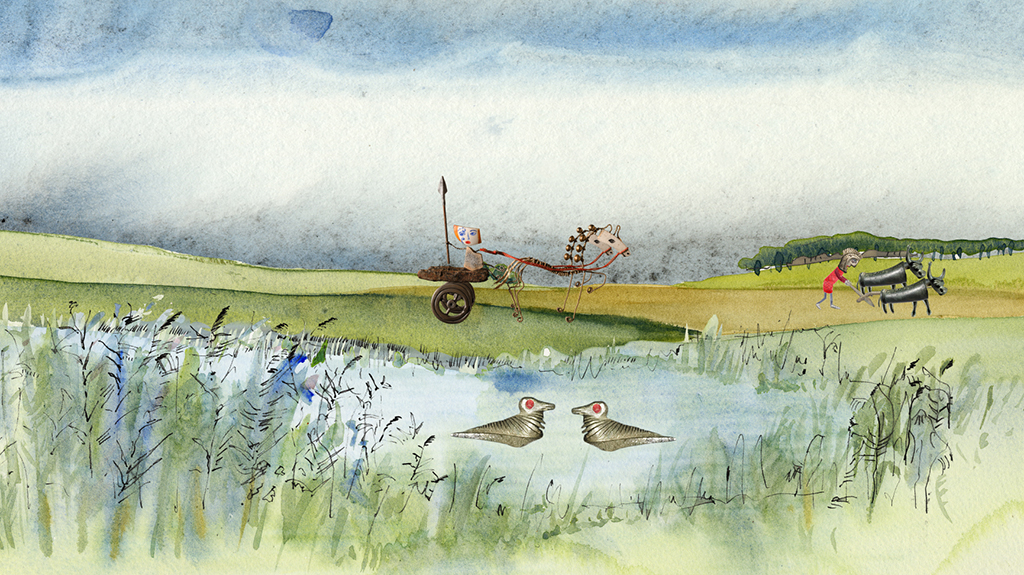Back to Part 2. S4C The Welsh Broadcaster, invited me to enter a competition for animators, to create film ideas for an animation, set to and inspired by a piece of out of copyright classical music.
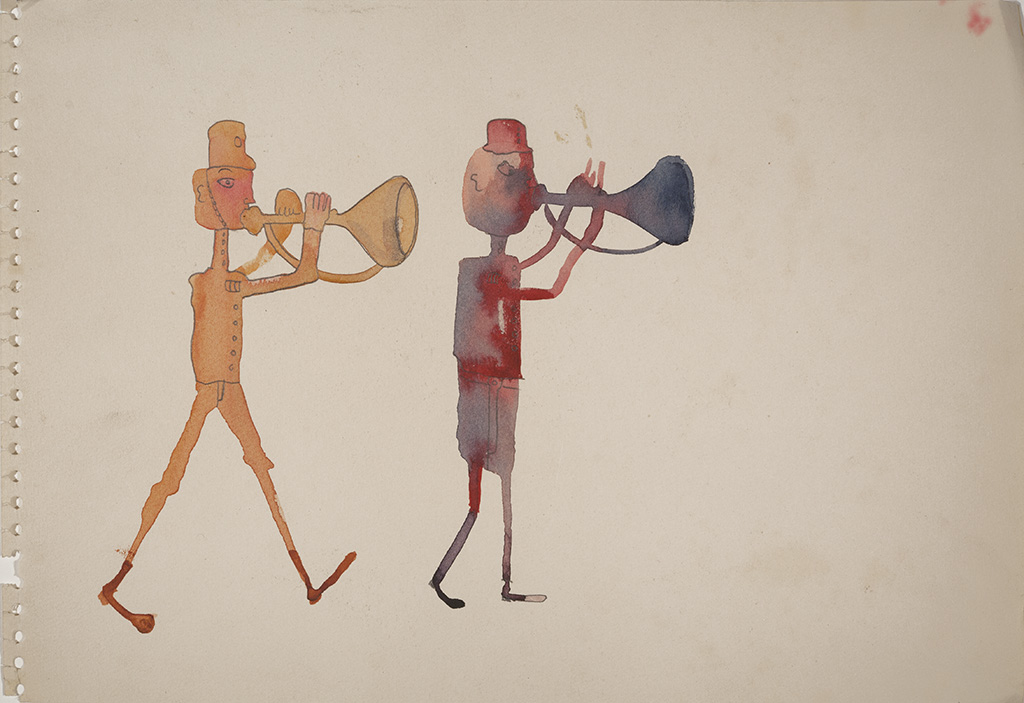
Early design idea for The Queen’s Monastery. First ideas for trumpeters
I had always been interested in the relationship between sound and visual ideas and all my previous work had strong original music which I had sound scripted. This was a new challenge as I was not a classical music expert and had no experience with working with a pre-composed piece of music.
I went to the library and borrowed dozens of LP’s yet, they all seemed too popular and overly romantic, I simply wasn’t inspired. Then in the pile, was a then relatively unknown Czech composer, called Leoš Janáček, the music was The Sinfonietta. I was blown away. Just like Haruki Murakami was to be later, when he used the piece as central to his plot for his 2009 trilogy 1Q84.
Immediately I listened to the music, very clear images entered my head. I started to see the relationship between the film I had already been thinking about, the style of the dribbly watercolours I had been developing and the narrative ideas within the musical composition. I knew nothing about Janáček, the story behind the music, the name of the section that I wanted to use, all my ideas were derived purely from listening to this highly emotional, patriotic and passionate score.

Fanfares of the Sinfonietta Janáček’s autographed score. (Taken from Wikipedia)
I started to write down images that the instrumentation conjured up. Military bands, with soldiers, a town square, a woman looking out of a window with blowing curtains in a Monastery, staircases, running and more. Then piccolo sounds, like monkey noises made me think of an acrobat and there in front of me was the outline story. Which I wrote in a morning.
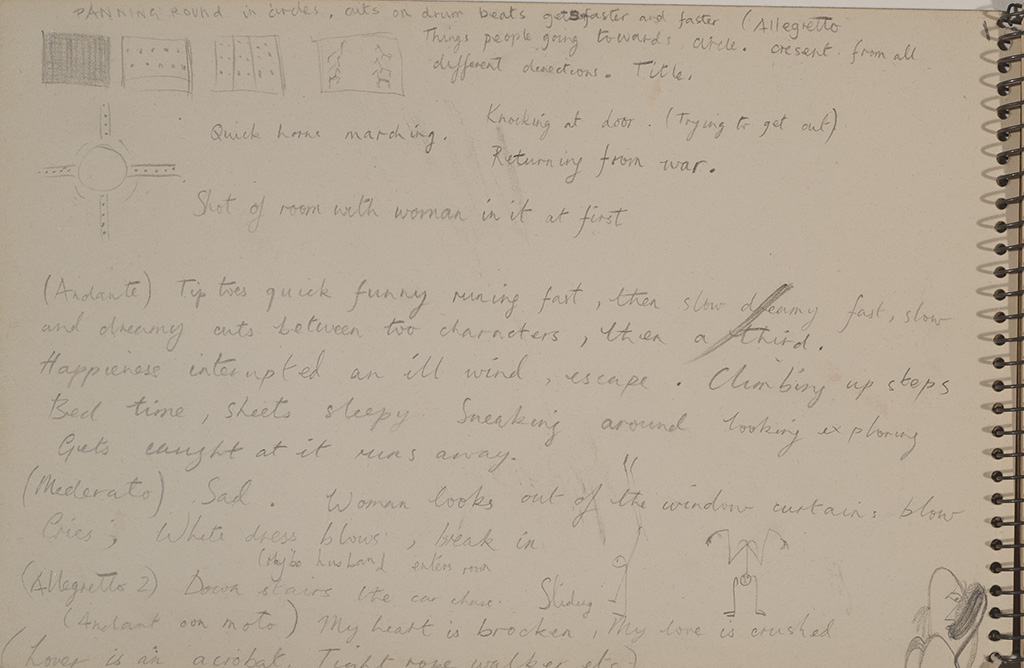
Emma’s notes response to music
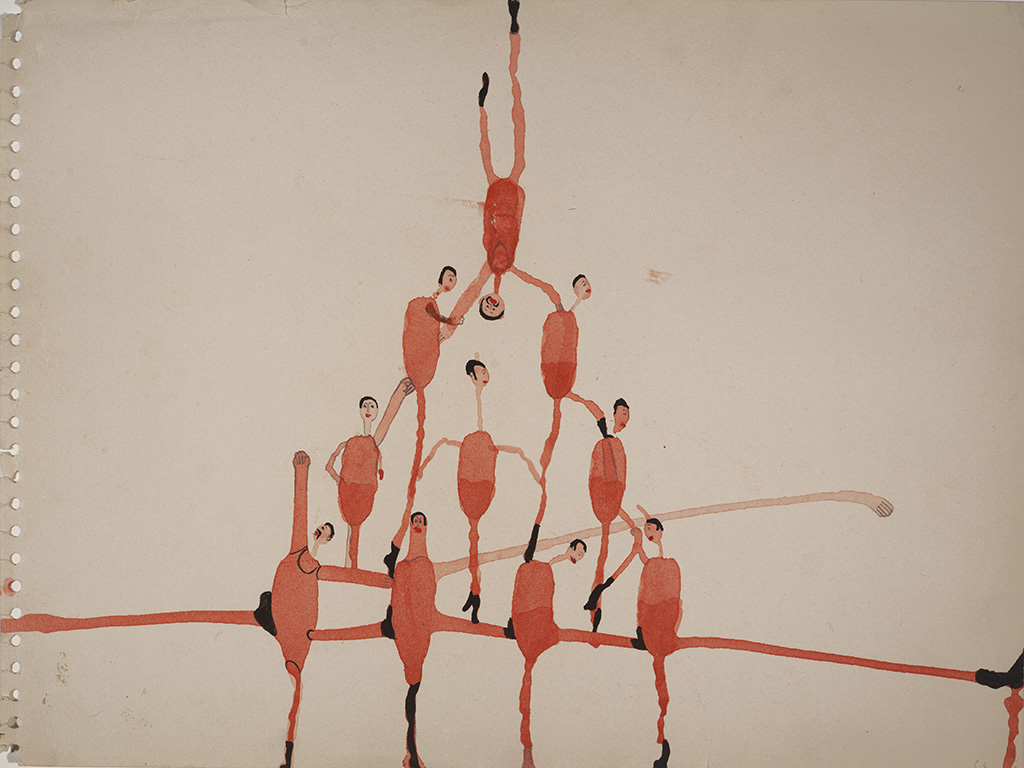
Original Acrobat Pyramid Design rough for The Queen’s Monastery
I borrowed or bought every recording and chose what I considered to be the best. Sir Charles Mackerras/Vienna Philharmonic: London 410138-2. Sir Charles was the worlds leading Janáček expert although I had no idea at the time.
Then I started to research Janáček’s life and The Sinfonietta. My findings were remarkable. The title of the movement I had chosen to script. Was in fact The Queen’s Monastery, Janáček had grown up in a monastery in Brno. All my other ideas fitted too. Janáček had been commissioned at the end of the first world war, to write the music for a festival of gymnastics, to be held in Brno town square. The work was dedicated to the Czech armed forces and was a tribute to the town of Brno, now free from the yoke of German authority. Janáček’s best music was written in the last twenty years of his life after he fell obsessively in Love with a Kamila Stösslová 40 years his junior, whom it appears did not succumb to his passions. He also wrote the music while sitting with her in Brno Town Square and used monkey noises for inspiration for some elements of his very complex composition. Which was played by a 101 piece orchestra.
The combination of Janáček’s obsessive fantasies and my central characters own fantasies. The fact that my imaginings of all the locations were so accurate in relationship to the music, helped me develop my story even further. It was so exciting to have been able to see so clearly what Janáček had in his mind when writing the music and how it had led to my own story’s creation.
I used dribly watercolours of soldiers and acrobats to present the design ideas. Developed the themes about love and war. Researched Czechoslovakia’s involvement in the first world war, went to the Imperial War Museum to study footage of soldiers etc.
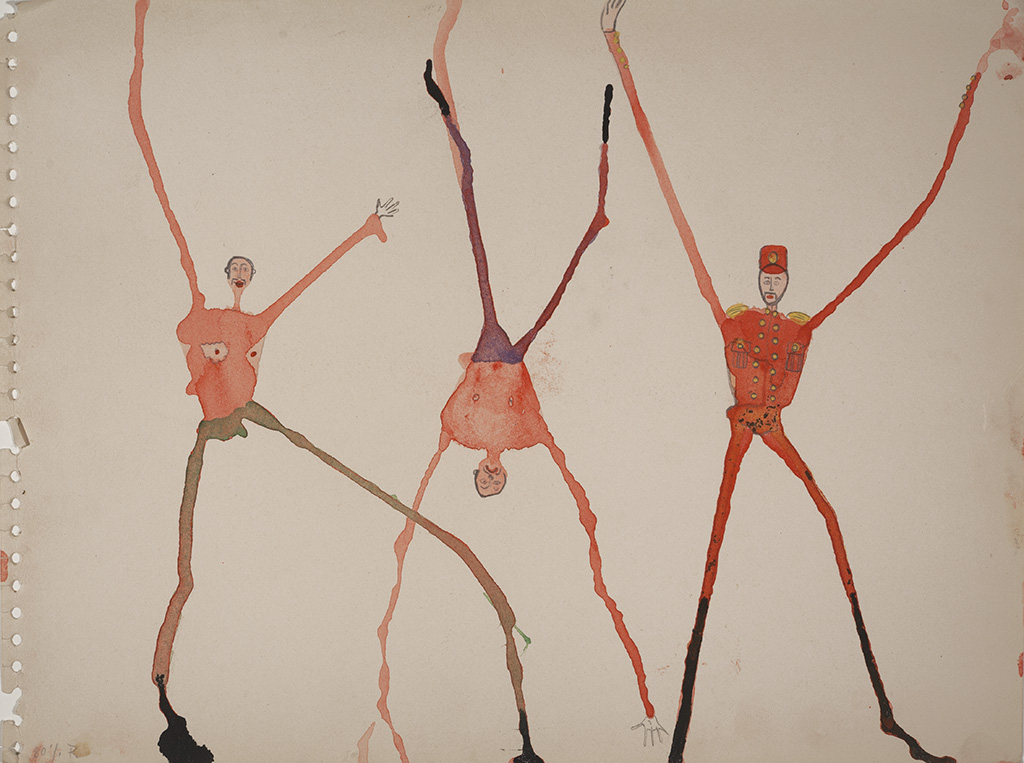
Original rough designs for the acrobat from The Queen’s Monastery
Finally in 1996, I got the money from London Production fund, BBC Bristol and The National Lottery but, not from S4C as at one point because of the change in copy right laws the music had gone back into copyright, but then it came back out again so I was able to use it. But by that time it was to late for S4C.
Read part 4
